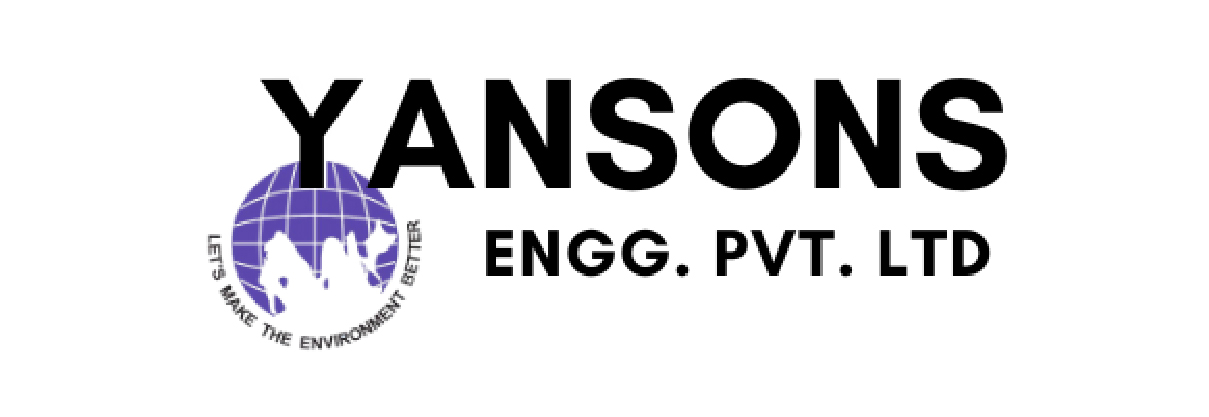Description
Implementing an energy-efficient dust extraction system for foundries is crucial to control and remove hazardous dust particles generated during metal casting and other foundry processes. Here’s an overview of a successful complete project for implementing an energy-efficient dust extraction system in a foundry
Successful Complete project
Successful completion of the energy-efficient fume extraction system project for heat treatment furnaces and insulation product manufacturing is achieved when the following goals are met
- Effective capture and removal of fumes and gases at the source points.
- Compliance with fume control regulations and improvement of worker health and safety.
- Minimization of energy consumption through the use of energy-efficient components and technologies.
- Maintenance of a clean and safe working environment.
- Reliable and efficient operation of the fume extraction system with proper
Problem
Foundry operations generate a significant amount of dust, including silica, metal oxides, and other harmful particles. Dust accumulation can pose serious health risks to workers and lead to equipment damage, environmental pollution, and regulatory non-compliance.
Solution
Implementing an energy-efficient dust extraction system provides an effective solution to capture and remove dust particles generated during foundry processes. The system ensures worker safety, equipment protection, compliance with regulations, and energy savings.
Process
The successful completion of an energy-efficient dust extraction system project for a foundry involves the following steps:
Step 1 – Needs Assessment
- Conduct a comprehensive assessment of the foundry operations, including metal melting, pouring, shakeout, and other processes, to identify the specific dust generation points and the applicable regulations.
- Identify areas where an energy-efficient dust extraction system can provide the most significant improvements in dust control and energy consumption.
Step 2 – System Design
- Design a comprehensive dust extraction system based on the layout of the foundry, dust generation points, and specific requirements of the processes involved.
- Determine the appropriate collection hoods, enclosures, or containment systems to capture dust at the source.
- Design an efficient filtration system to separate and collect dust particles.
Step 3 – Equipment Selection
- Select suitable dust extraction equipment, including dust collectors, hoods, enclosures, ductwork, fans, and filters, based on the volume and characteristics of the dust generated.
- Choose energy-efficient fans and motors, such as those with variable frequency drives (VFDs), to optimize airflow while minimizing energy consumption.
- Select high-efficiency filters to ensure effective removal of dust particles and contaminants.
Step 4 – Installation
- Install the energy-efficient dust extraction system, including dust collectors, hoods, enclosures, ductwork, fans, filters, and associated equipment.
- Ensure proper sealing and insulation of the system to prevent leaks and maintain efficient airflow.
- Integrate the system with the foundry equipment, capturing dust at its source points.
Step 5 – Testing and Commissioning
- Start the dust extraction system and conduct comprehensive testing to ensure its functionality and performance.
- Evaluate the dust capture efficiency and the effectiveness of the filtration process.
- Fine-tune the system as needed to optimize performance and address any issues or adjustments required.

